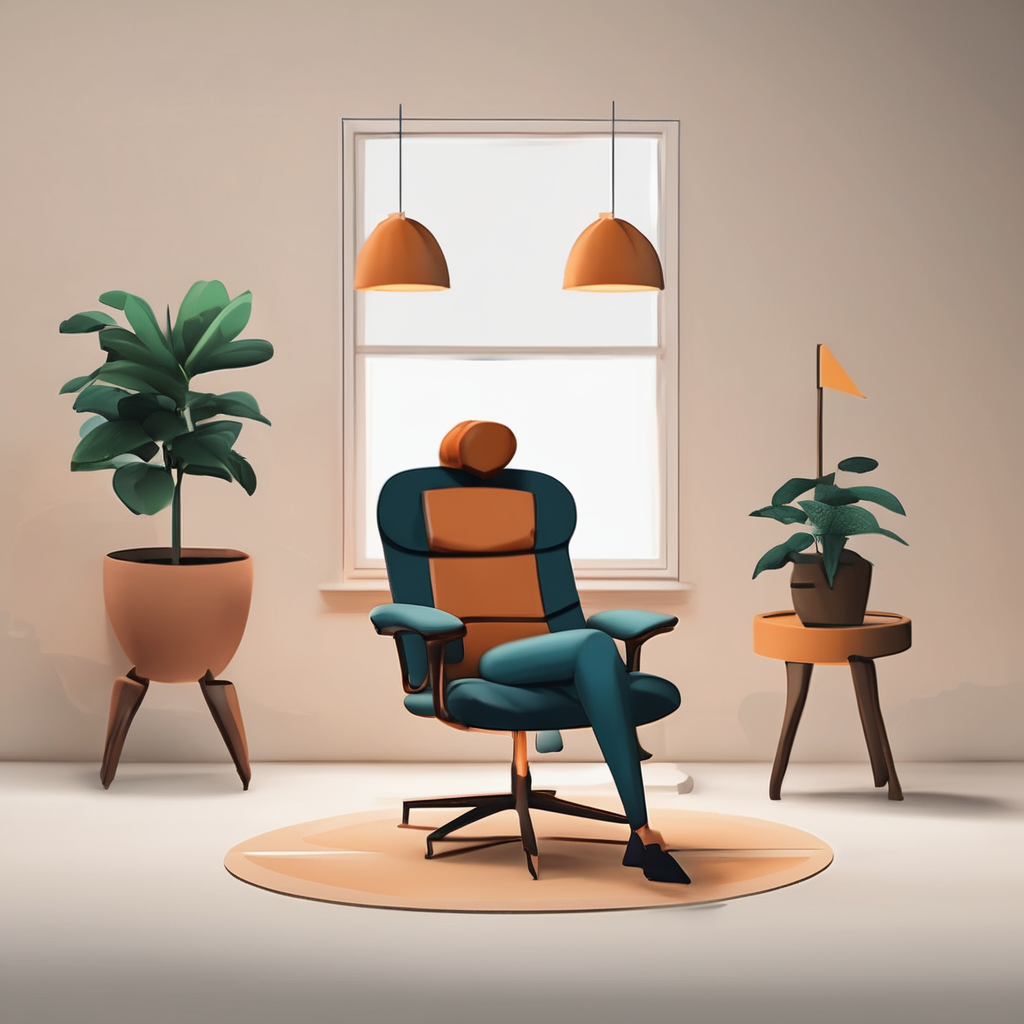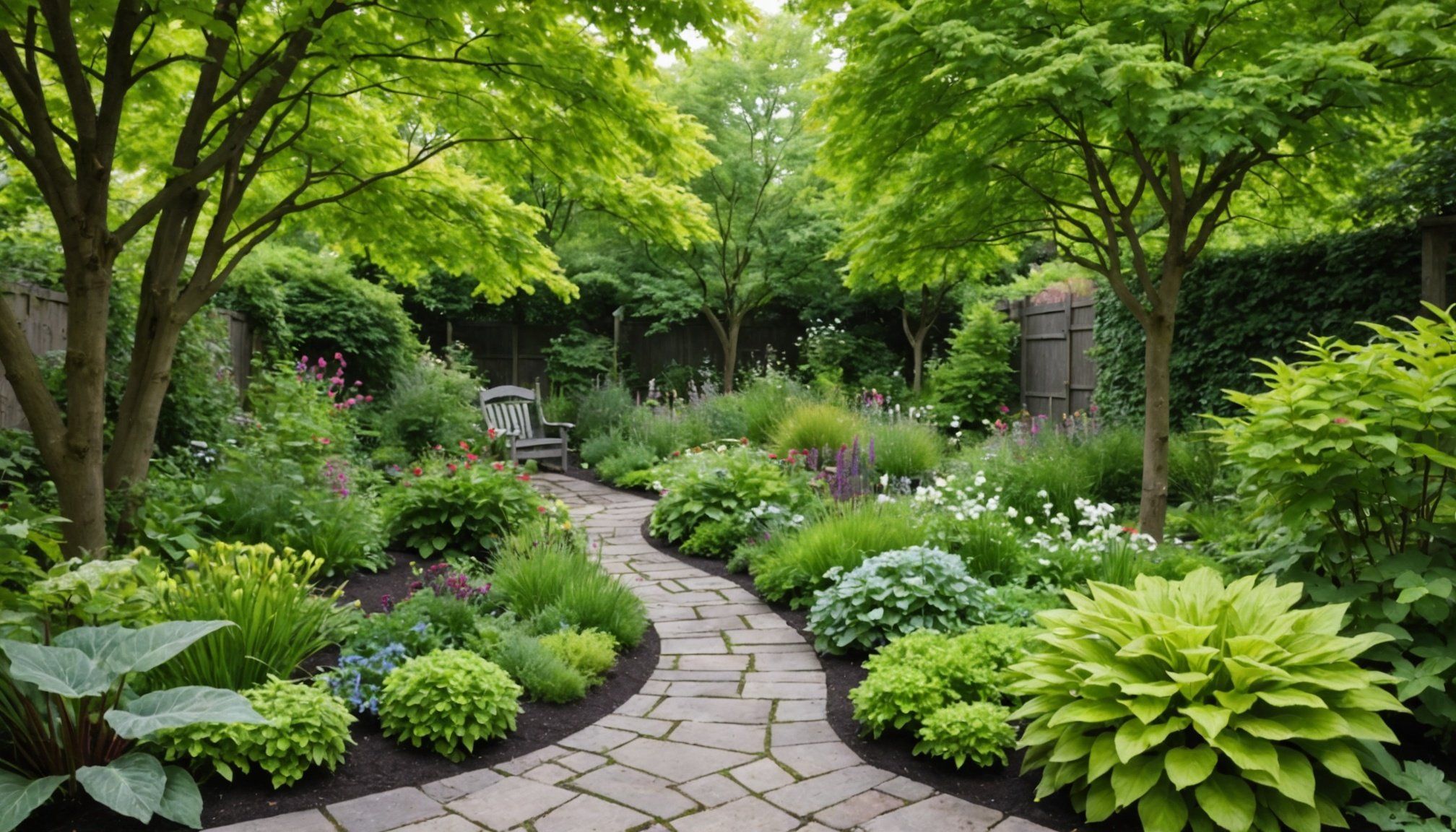In the world of gardening, sunlight often seems like the main character, casting a spotlight on vibrant blooms and lush greenery. However, some of the most enchanting gardens thrive not in the sun’s direct glare but in the soothing embrace of shade. Shade gardens, often overlooked, offer a unique palette of textures, colors, and forms that can transform any landscape into a peaceful retreat.
Designing a garden for shady areas involves a nuanced understanding of plants that flourish with limited sunlight. It’s a task that requires creativity, knowledge, and a little bit of strategic planning. Whether your garden is partially shaded by trees or completely sheltered from the sun, there is a myriad of plants and strategies that can help you create a thriving oasis.
Also to see : How can I effectively manage water usage in my garden during a drought?
In this article, we’ll delve into the art and science of designing a shade garden that not only survives but flourishes. We’ll explore the choice of plants, design elements, and essential tips that cater to the unique needs of a shaded environment.
Understanding Shade and Its Impact on Gardening
Shade in a garden is not a one-dimensional concept. It varies in its intensity and duration, significantly impacting the types of plants that will thrive. Understanding this is crucial when designing a garden that can prosper in low-light conditions.
Also to read : What types of herbs can grow well in containers on my patio?
Types of Shade
- Light Shade: This is where the sun peeks through the canopy for a few hours a day, often found under deciduous trees.
- Partial Shade: Areas that receive sunlight for about 3 to 6 hours daily, typically in the morning or late afternoon.
- Full Shade: Zones that don’t get direct sunlight, often shielded by buildings, fences, or dense tree canopies.
Effects of Shade on Plant Growth
Shade impacts plants in various ways. Limited sunlight can affect photosynthesis, the process by which plants convert light into energy. Consequently, plants grown in shaded areas often have broader leaves to capture more light and tend to be less vibrant in color compared to their sun-loving counterparts.
Soil and Moisture Considerations
Shaded spots often lead to cooler, moister soil, which can be both an advantage and a challenge. Such conditions are ideal for plants that prefer moist environments but can also foster fungus if not managed properly. Understanding the soil composition and ensuring adequate drainage are key steps in maintaining a healthy garden in the shade.
By taking into account these variables, you can make informed decisions about plant selection and garden design that cater to the specific conditions of your garden’s shaded areas.
Choosing the Right Plants for Shade Gardens
Selecting the right plants for your shade garden is akin to choosing the perfect ensemble for a special occasion. Each plant brings its unique style and function to the garden, creating a harmonious blend of colors and textures.
Perennials for Shade
Perennials are a shade garden’s best friends. They return year after year, offering both stability and beauty. Consider the following shade-loving perennials:
- Hostas: Known for their lush foliage and variety of colors, hostas thrive in varied shade conditions.
- Ferns: These delicate, feathery plants add a touch of elegance and thrive in the coolest, shadiest corners.
- Astilbes: With their plume-like flowers, astilbes bring vertical interest and vibrant hues to shaded spots.
Annuals and Groundcovers
- Impatiens: A reliable choice, impatiens offer long-lasting color in shady areas without much fuss.
- Lamium: A groundcover that creates a carpet of foliage with attractive leaf patterns, perfect for filling in gaps.
Trees and Shrubs
- Japanese Maple: Offers stunning foliage and structural interest, ideal for a focal point in the garden.
- Hydrangeas: Shade-tolerant flowering shrubs that bring a splash of color with their bountiful blooms.
When choosing plants, consider their color palette, texture, and growth habits. Mixing plants with various heights and leaf patterns can create depth and visual interest, turning a simple garden into a leafy masterpiece.
Designing a Shade Garden
Designing a shade garden is an exercise in balancing form and function. Unlike sun-drenched gardens that flaunt bright blooms, shade gardens emphasize subtle textures, intricate leaf structures, and serene compositions.
Layering for Depth
One of the most effective strategies in shade garden design is layering. Using plants of varying heights and textures can create a sense of depth and dimension.
- Canopy Layer: Tall trees or large shrubs form the backbone, providing structure and shade.
- Mid-Height Layer: Medium plants like hydrangeas and hostas add body and fill space.
- Ground Layer: Low-growing plants such as ferns or lamium weave through the garden, filling in gaps and creating continuity.
Creating Focal Points
In a shaded garden, focal points draw the eye and provide interest. Consider using:
- Statuary or sculptures that stand out against the lush backdrop.
- Water features like small fountains or ponds, which introduce movement and sound.
- Brightly-colored containers or planters that pop against neutral tones.
Pathways and Structures
Paths and structures guide visitors through the garden, encouraging them to explore different areas.
- Winding paths made of natural materials like stone or bark mulch can evoke a woodland feel.
- Arbors or pergolas offer vertical interest and can be adorned with climbing plants like clematis or ivy.
With thoughtful design, a shade garden can become a retreat that appeals to the senses—a place where the interplay of light and shadow creates a tranquil sanctuary.
Maintenance Tips for Thriving Shade Gardens
Once you’ve designed and planted your shade garden, the next step is ensuring its health and vitality through proper maintenance. While shade gardens require less upkeep than sun-drenched landscapes, they do have some specific needs.
Watering Wisely
Shade gardens often retain more moisture than sunny gardens, reducing the frequency of watering. However, it’s crucial to monitor the soil’s moisture level to prevent waterlogged conditions that can lead to root rot.
- Regularly check soil moisture by inserting your finger into the soil to test for dampness.
- Water deeply but less frequently to encourage deep root growth.
Pruning and Deadheading
Regular pruning is essential to maintain the desired shape and size of your plants and to remove any diseased or dead foliage.
- Prune shrubs and trees to allow more light to reach the lower layers.
- Deadhead spent flowers on plants like hydrangeas to encourage new blooms.
Fertilization and Soil Health
While shaded plants often need less fertilization, ensuring the soil is rich in nutrients is vital.
- Use a slow-release fertilizer to provide a steady supply of nutrients.
- Add organic matter like compost to improve soil health and structure.
By following these maintenance tips, your shade garden will continue to flourish, providing a peaceful and refreshing retreat in the heart of your landscape.
Designing a garden that thrives in shade challenges conventional gardening wisdom, yet it rewards with a unique beauty that is both subtle and captivating. With careful planning, the right plant selections, and strategic design choices, you can transform any shaded area into a vibrant haven.
Remember, a shade garden is not defined by a lack of light but by its abundance of possibilities. It’s a canvas where you can play with textures, colors, and forms to craft a living masterpiece. By embracing the nuances of shady environments and adapting your gardening techniques, you can create a sanctuary that not only coexists with nature but thrives within it.
So, harness the potential of your shaded spaces and embark on a journey of creativity and discovery. Your garden can become a testament to the beauty that resides in the shadows—a place where nature’s softer, gentler side is celebrated and cherished.











